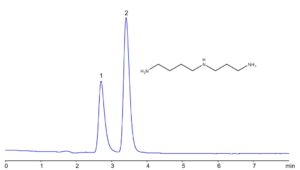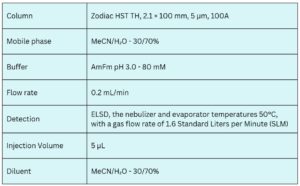
Description
Spermidine is a polyamine compound present in all living cells. As a biogenic amine, it plays key roles in various cellular functions.
Biological Roles:
Cell Growth and Proliferation: Spermidine contributes to the regulation of cellular growth and division.
DNA Stability: It interacts with nucleic acids, helping maintain the structural integrity of DNA and RNA.
Antioxidant Properties: Studies suggest spermidine may offer protection against oxidative stress due to its antioxidant characteristics.
Autophagy Induction: Spermidine is known to promote autophagy, a cellular mechanism for degrading and recycling cellular components.
Natural Sources:
Spermidine is naturally present in foods such as wheat germ, soybeans, mushrooms, and aged cheese.
The body also synthesizes spermidine from precursor polyamines.
Research and Health Implications:
Spermidine has attracted attention for its potential to support healthy aging and mitigate age-related diseases.
Some research indicates that spermidine supplementation may benefit cardiovascular health, provide neuroprotective effects, and enhance longevity.
Supplementation:
Spermidine is available in dietary supplement form and is taken by some individuals seeking its possible health advantages.
However, further research is needed to determine safe and effective long-term dosage.
Analytical Method:
Spermidine can be effectively retained and analyzed using a Zodiac HST TH mixed-mode stationary phase column. The analysis utilizes an isocratic method with a straightforward mobile phase composed of water, acetonitrile (MeCN), and ammonium formate as a buffer. Detection is carried out using evaporative light scattering detection (ELSD).
Condition

Get Your Quote or Call: 040-29881474
We focus on supporting laboratory workflows & optimizing lab-wide operations
